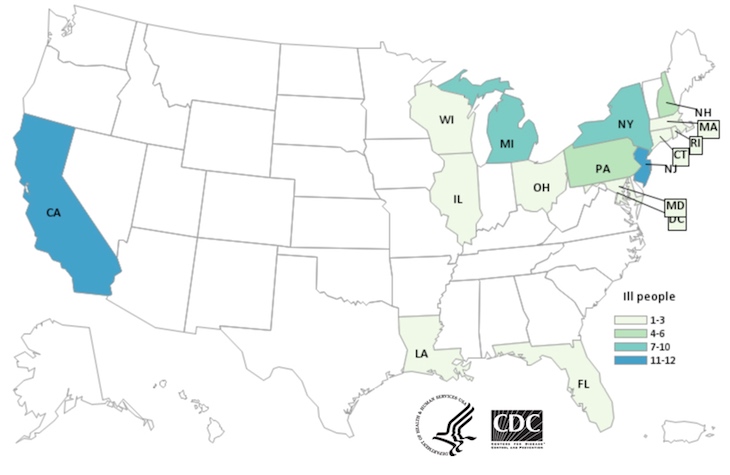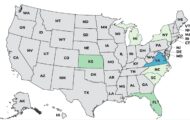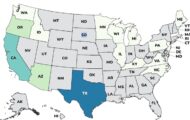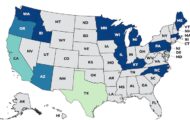The romaine lettuce E. coli O157:H7 outbreak has grown to include 59 people in 15 states, according to an update posted by the Centers for Disease Control and Prevention (CDC). That is an addition of seven more ill persons since the last update was posted on December 6, 2018. Twenty-three people have been hospitalized, and two people have developed hemolytic uremic syndrome (HUS), a type of kidney failure.

There are 27 people in Canada who are sick with the same strain of E. coli O157:H7 bacteria. All epidemiologic, laboratory, and traceback evidence from both countries indicates that this outbreak is linked to romaine lettuce harvested from the Central Coastal growing regions of northern and central California.
The case count by state is: California (12), Connecticut (1), Washington DC (1), Florida (1), Illinois (2), Louisiana (1), Massachusetts (1), Maryland (1), Michigan (7), New Hampshire (6), New Jersey (12), New York (7), Ohio (1), Pennsylvania (4), Rhode Island (1), and Wisconsin (1). Illness onset dates range from October 5, 2018 to November 16, 2018. The patient age range is from 1 year to 84 years. Of 50 people who have been interviewed, 46% have been hospitalized.
The FDA has found the outbreak strain of E. coli O157:H7 in sediment collected from an agricultural reservoir at Adam Bros Farming in Santa Barbara County, California. That facility shipped romaine lettuce up to November 20, 2018, so more illnesses could be added to the outbreak total. Any illnesses that occurred after November 21, 2018 may not yet be reported to public health officials.

Attorney Fred Pritzker, who has represented clients sickened with E. coli O157:H7 infections, said, “Even when you recover from this infection, there is still a risk you will develop a serious complication in the future.” Call 1-888-377-8900 for help.
Food safety lawyer Fred Pritzker said, “It’s good that the FDA has managed to narrow the focus of their investigation. Now we need to see action so these types of outbreaks do not happen. No one should be hospitalized because they ate a salad for lunch.”
In interviews, 84% of ill persons said they consumed romaine lettuce before they got sick. They ate several different types of the leafy green in restaurants and at home.
A voluntary labeling program has begun in response to this outbreak. Some romaine lettuce products are labeled with a harvest location and date by region. Check any romaine lettuce you buy, whether it’s whole or in bagged salads, for a label. If the leafy green doesn’t have a label, don’t buy it. And do not buy or eat romaine lettuce that was harvested in Monterey, San Benita, and Santa Barbara counties in California.
The symptoms of an E. coli O157:H7 are unmistakable. Patients suffer from severe and painful abdominal cramps, diarrhea that is bloody or watery, and a mild fever. Two people in this outbreak have developed HUS, a type of kidney failure. Symptoms of that condition include little urine output, easy bruising, pale skin, lethargy, and a skin rash. Symptoms usually appear within a few days to 10 days after exposure to the pathogen.
Anyone who is experiencing these symptoms must see a doctor. They may be part of this romaine lettuce E. coli O157:H7 outbreak.




